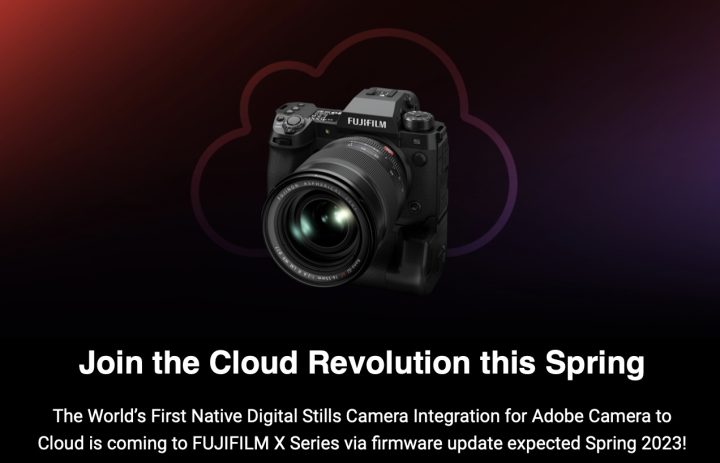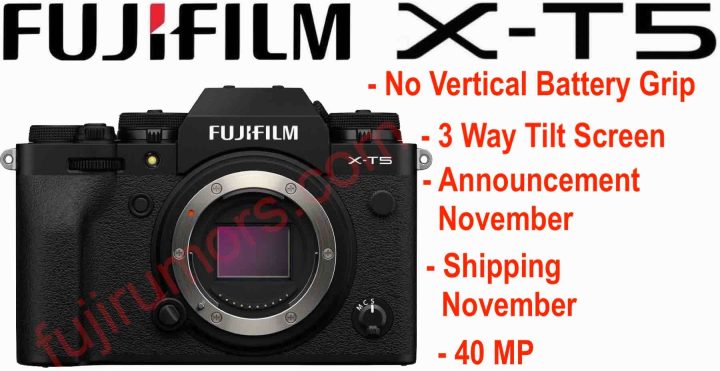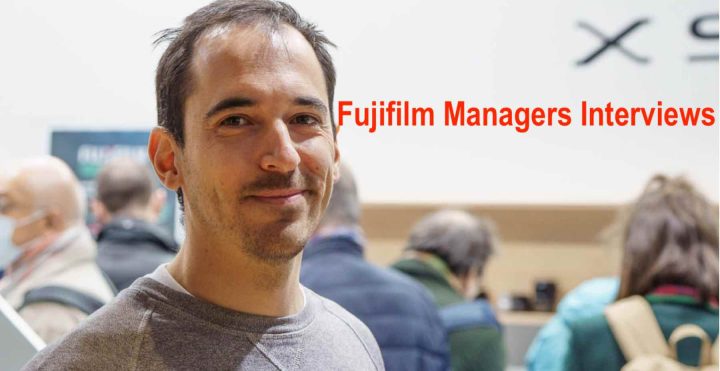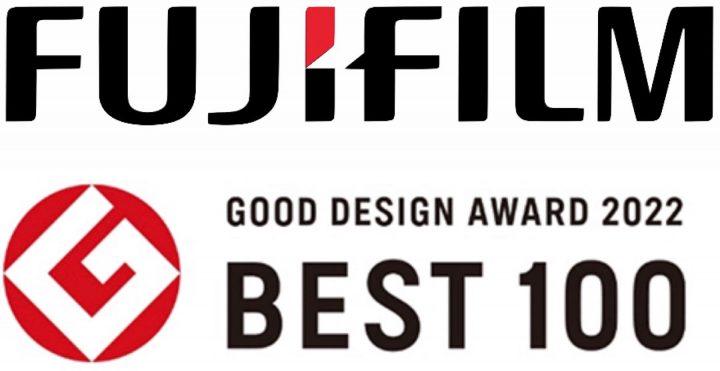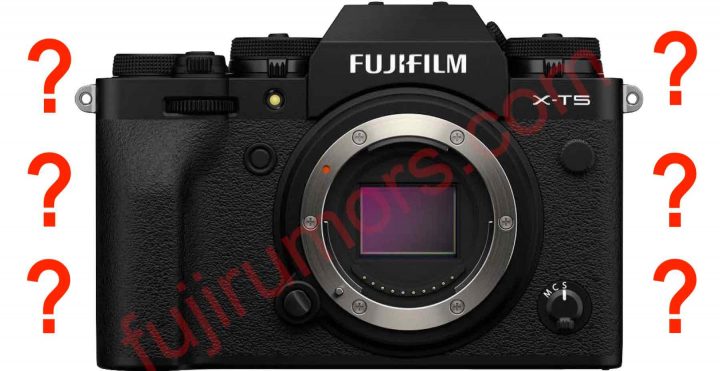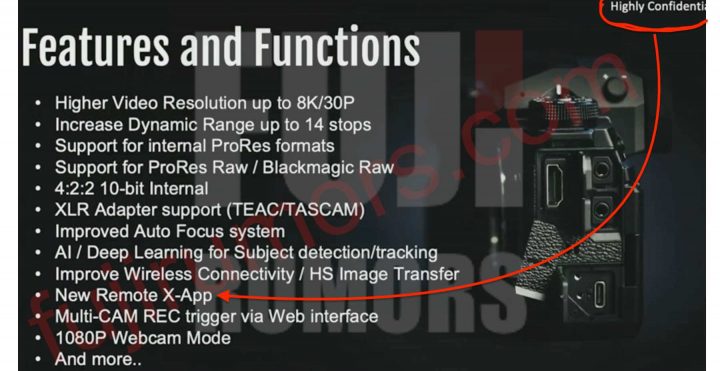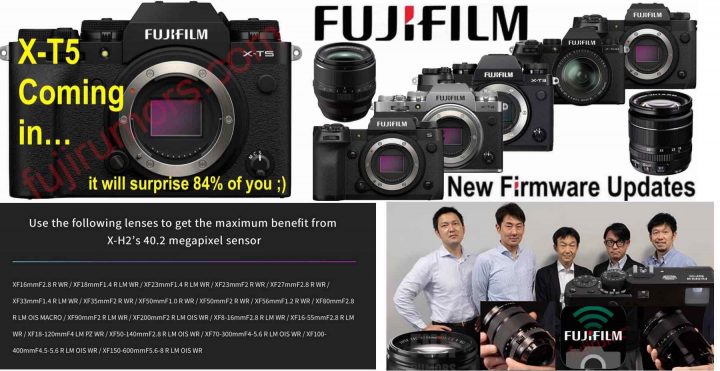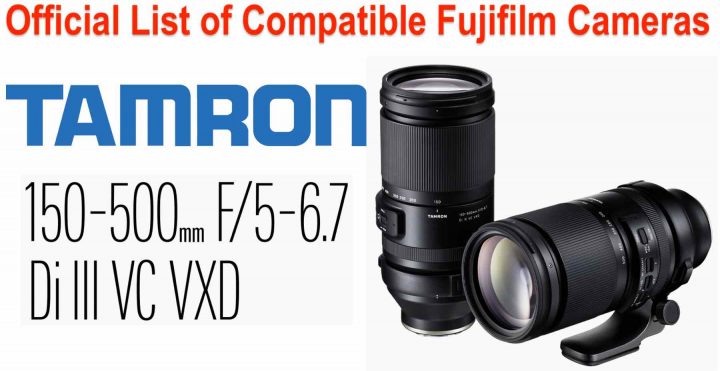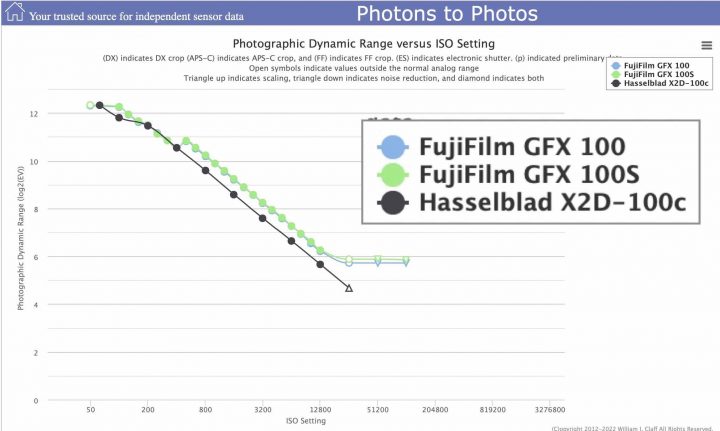
The web is full of professional reviewers suddenly discovering how amazing the Hasselblad X2D is, how gorgeous its dynamic range, the flexibility of those files. It’s all so amazing. Forget full frame, medium format is the future!
Sadly many of those reviewers have since now totally ignored that the Fujifilm GFX100S exists. And by the way, they also ignore the Fujifilm X-H2 and X-H2S. Fujifilm simply does not exist.
Luckily for us, Bill at Photon to Photos did not forget that Fujifilm makes digital cameras and has them all in his database.
And he also added the Hasselblad X2D now.
How you can see, the Fujifilm GFX100S matches the Hasselblad dynamic range at base ISO, but starting from ISO 400 and beyond there is not competition and the GFX100S beats the X2D in terms of dynamic range.
So Fujifilm is able to take out more of the sensor than Hasselblad.
You can access the data here at Photon to Photos.
UPDATE: Jim Kasson, a very respectable and competent fellow GFX shooter, has a different view on the chart. He writes:
Bill’s PDR tests don’t take sensitivity into account. My tests show that, at base ISO (64 for X2D, 100 for GFX 100S), the two cameras are within 0.2 stops of having the same sensitivity. Once you correct for that, Bill’s curves for the two cameras are nearly on top of each other. So the Fuji Rumors claim is at best misleading, and at worst just plain wrong. C’mon folks, these cameras have the same sensors, albeit operated slightly differently. How far apart can the DR be?
You can read more at blog.kasson here.
